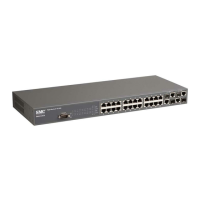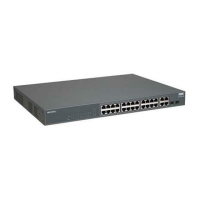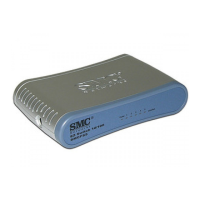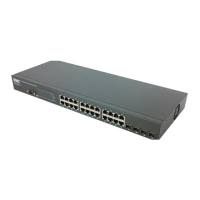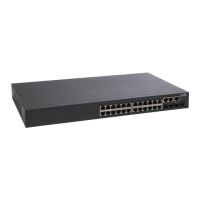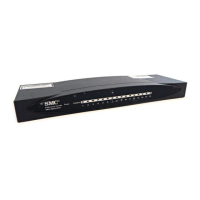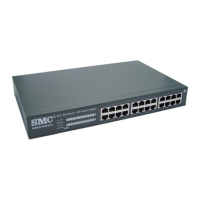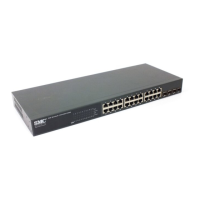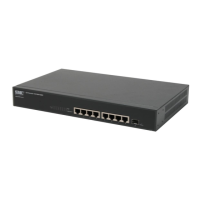S
PANNING
T
REE
A
LGORITHM
10-6
configuration messages at regular intervals. If the root port ages out STA
information (provided in the last configuration message), a new root port
is selected from among the device ports attached to the network.
(References to “ports” in this section means “interfaces,” which includes
both ports and trunks.)
• Root Forward Delay – The maximum time (in seconds) this device will
wait before changing states (i.e., discarding to learning to forwarding).
This delay is required because every device must receive information
about topology changes before it starts to forward frames. In addition,
each port needs time to listen for conflicting information that would
make it return to a discarding state; otherwise, temporary data loops
might result.
• Max hops – The max number of hop counts for the MST region.
• Remaining hops – The remaining number of hop counts for the MST
instance.
• Transmission limit – The minimum interval between the transmission
of consecutive RSTP/MSTP BPDUs.
• Path Cost Method – The path cost is used to determine the best path
between devices. The path cost method is used to determine the range
of values that can be assigned to each interface.
Web – Click Spanning Tree, STA, Information.
Figure 10-1 STA Information
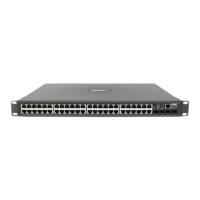
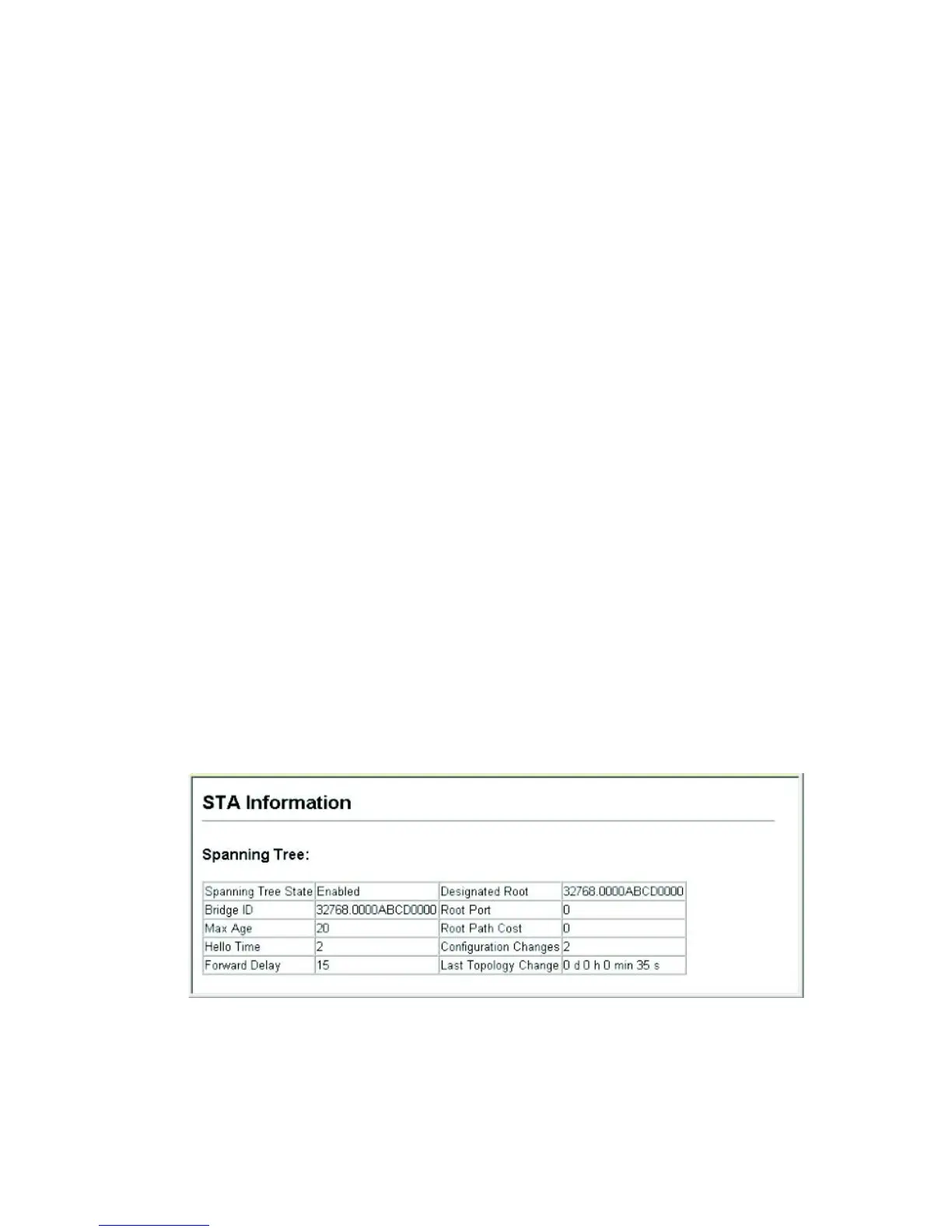